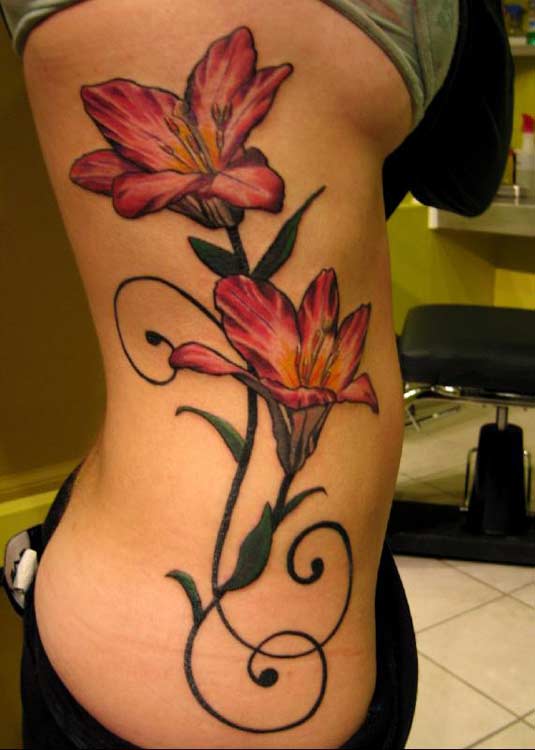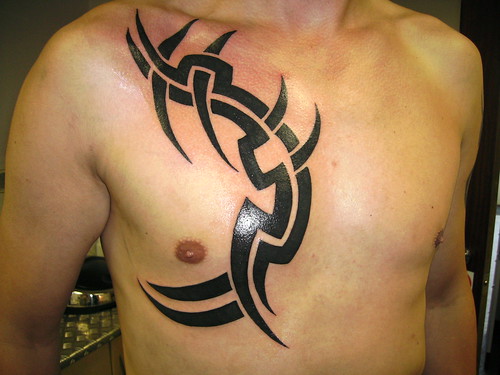
Foot tattoos can look very striking – for one thing, the foot provides a nice flat place for the tattoo to lie, and for another thing, foot tattoos are rather rare and therefore sort of exotic (this was true at the time of writing, but foot tattoos are becoming rather popular nowadays, especially amongst woman). There’s no question that a foot tattoo peaking out of a sexy shoe can be very attractive.
The most popular foot tattoo designs are flower tattoos, letter tattoos and the star foot tattoo.
There are some good reasons why foot tattoos are rarer than other tattoos, though. In fact, there are some tattoo artists who won’t even undertake them (just like hand and face tattoos). For a start, tattoos on the foot and hand ten d to be more painful than other tattoos.
d to be more painful than other tattoos.
The general rule is this: if a tattoo is right
over bone, it will hurt more. If it’s on a fleshy part of your body, it’ll hurt a lot less. That’s why a shoulder or upper arm might be a better place for a first tattoo – if you’re a little worried about the pain and not sure what to expect.
For another thing, though there are many tattoo designs that look great on a foot, there is also a greater incidence of ink migration with foot tattoos. This means, simply, that the ink is likely to spread over time, blurring your tattoo design. This is possible with any tattoo, on any part of the body – but it’s more common with foot tattoos.
If you get a foot tattoo, be prepared to go back and have it re-inked if need be. The top of your foot is the best place with the least blurring, avoid other places like the sides or the toes.
prepared to go back and have it re-inked if need be. The top of your foot is the best place with the least blurring, avoid other places like the sides or the toes.
Then there’s the little issue of healing. In general, a new tattoo should not be allowed to rub against clothing while it heals, which usually takes two to three weeks. For most tattoos, this is a pretty simple matter, but not for foot tattoos! Basically, depending on the placement of your tattoo designs, this may mean that you can’t wear sh oes or socks for the whole time your tattoo is healing!
oes or socks for the whole time your tattoo is healing!
Some foot care tips for a shorter healing period:
- Wear flip flops or other open shoes during the healing process so the shoe doesn't rub against the tattoo. If the flip flop touches the tattoo, then it's advisable that you get a pair of Down Unders, a kind of topless flip flop. If you really have to wear shoes, then wear 2 pair of light socks.
- The best time for getting a tattoo on your foot is in the summer, it might be a bit cold without shoes in the winter.
- Roll up your trousers if they touch the tattoo.
- Keep your tattoo out of the sun.
- Keep your feet clean, take a regular foot bath with warm water and a mild soap. Dry them by dabbing with a towel, don't rub.
- Keep the tattoo moist by applying a good ointment (Lubriderm). Don't make it too moist or the colors will bleed.
- Don't rub the tattoo.
- Don't swim until the healing process is over.
- Keep in mind that walking could be difficult the first few days because of foot pain. If possible take a few days off from work.
- Find a tattoo artist who has experience doing foot tattoos. Ask him for advice.

 ead of needles, the skin is punctured using a pig’s tooth or shark’s tooth.
ead of needles, the skin is punctured using a pig’s tooth or shark’s tooth. 























